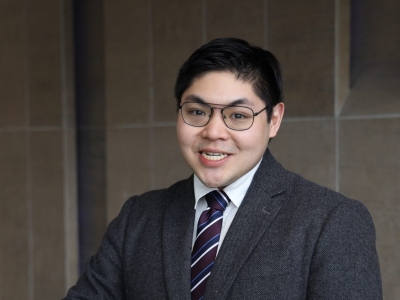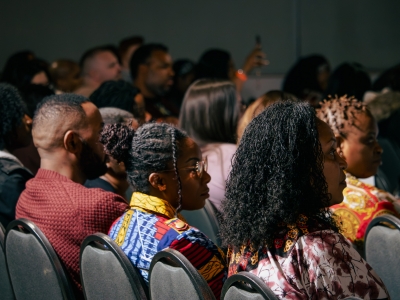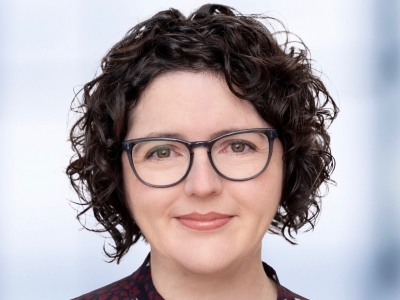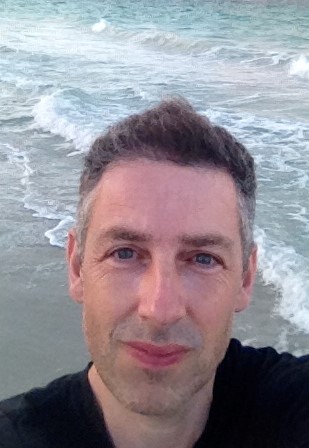 William Walters, a professor of politics in the Department of Political Science, has recently published State Secrecy and Security: Refiguring the Covert Imaginary (Routledge, 2021).
William Walters, a professor of politics in the Department of Political Science, has recently published State Secrecy and Security: Refiguring the Covert Imaginary (Routledge, 2021).
The research is based on his work as the FPA Research Excellence Chair (2019-2022) and for the Carleton University Research Achievement Award (2017).
“The covert imaginary — the different ways in which we imagine and fantasize about state secrecy — limits our ability to think about politics differently,” says Walters. “But it is also a way to develop a richer understanding of power.”
State Secrecy and Security investigates the strange power of secrecy through a series of cases which include the deportation of illegalized migrants via commercial airlines, the mobility of cryptographic secrets, the power of public inquiries and the connection between aesthetics, secrecy and place-making. It also looks at secrecy at the level of practices and operations, such as hiding, revealing, lying, confessing and professing ignorance.
Orford Ness: An Island Full of National Secrets
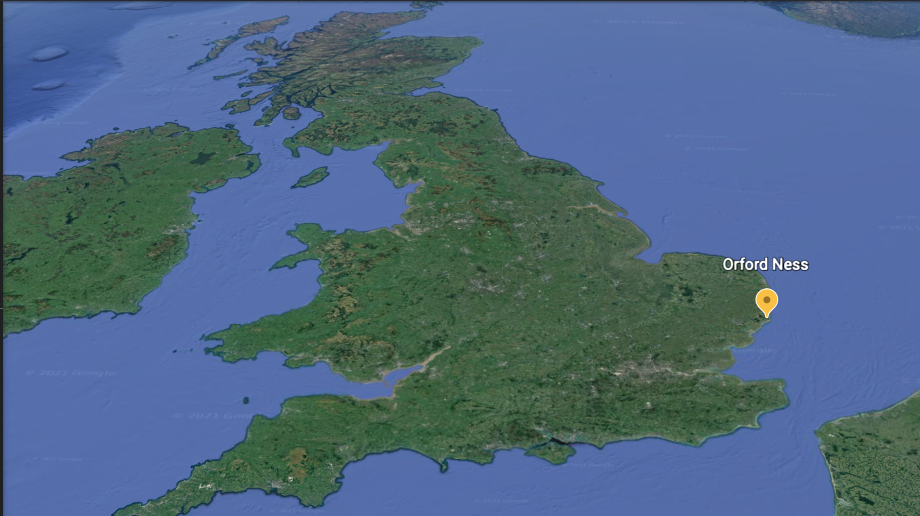
One of the book’s chapters explores Orford Ness, a former atomic weapons testing site off the Suffolk coast in Great Britain. For 70 years, the site was used for military research activities including aerial gunnery and photography, bomb ballistics, radar intelligence and, from the 1950s, the stress-testing of atomic bombs.
Walters says, “The covert imaginary involving Orford Ness comes from all sorts of artists, writers, poets, academics, UFO researchers and filmmakers, as well as the National Trust, a conservation organization who manage the site. These different mediators evoke mystery, aura, unease, a sense of the sinister, but also fascination, and excitement. You could say Orford Ness has become a part of our imagination of secrecy, a bit like Kafka’s The Castle or ‘The X-Files.’”
Walters argues that the covert imaginary is forged through film and literature, but also through the social practices involved in making and visiting a site. Visitors can experience the nuclear ruins of decaying hangars, observational towers and concrete laboratories. “In this way, a greater sense of place, location and geographical experience is injected into our accounts of the covert imaginary,” says Walters.
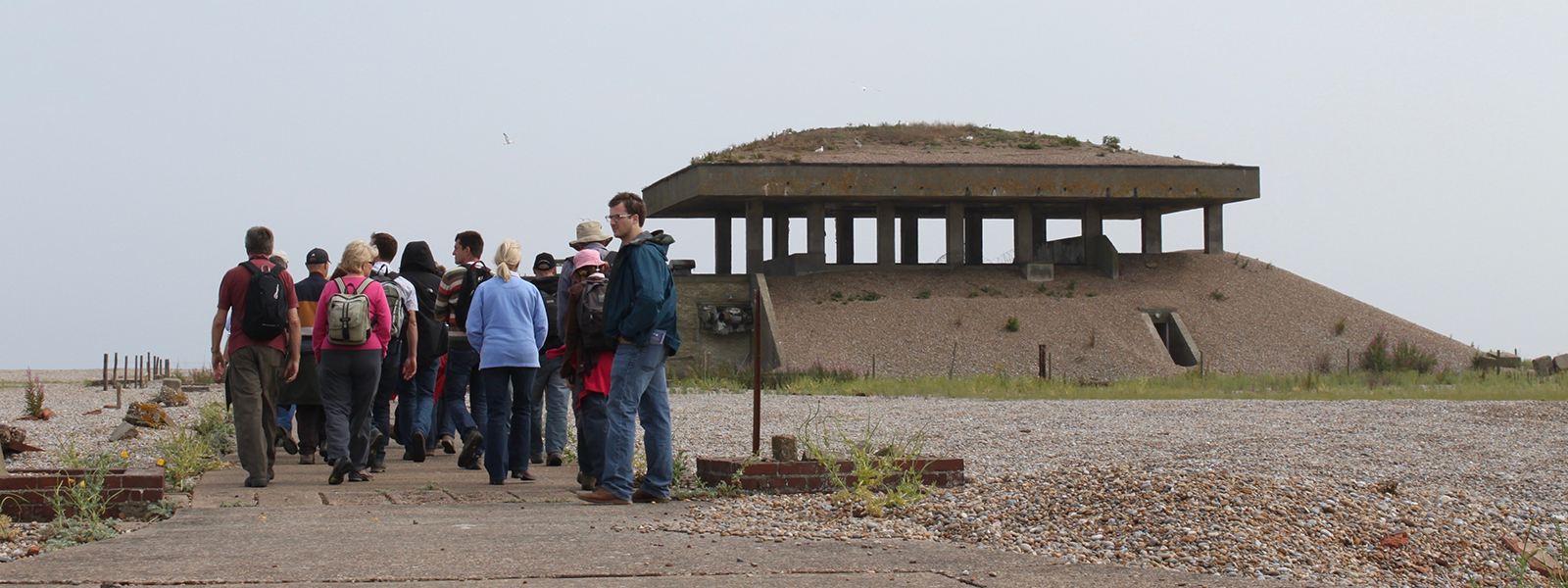
A tour group visits the ruins of Laboratory 4, Orford Ness. Photo by William Walters, 2014.
One of the attractions of Orford Ness and other previously classified sites (such as the Diefenbunker Museum in Carp, Ontario) is a fascination with the Cold War. Walters says, “Their historical association with top-secret activities, conflict and violence — surrounded by myth and misinformation — are all part of the public intrigue.”
There is also a fascination with spaces that were once closed to the public, even if never officially secret, such as prisons and underground tunnel systems. Walters says the interest in these spaces comes partly from fiction and sometimes conspiracy discourses.
“Although it is a now a national historical site, the mystery of Orford Ness persists,” says Walters. “Some of the official records were lost, destroyed or are still classified. Many of the stories about the place come from the testimonies of veterans.” The region also has a long history of myth and legend involving mermen, ghosts, demon dogs and a burning sea.
“There is a strong cultural power in visitors’ reports of mysterious lights, eerie sounds and a general feeling of unease.”
Wednesday, August 11, 2021 in Department of Political Science, News
Share: Twitter, Facebook

